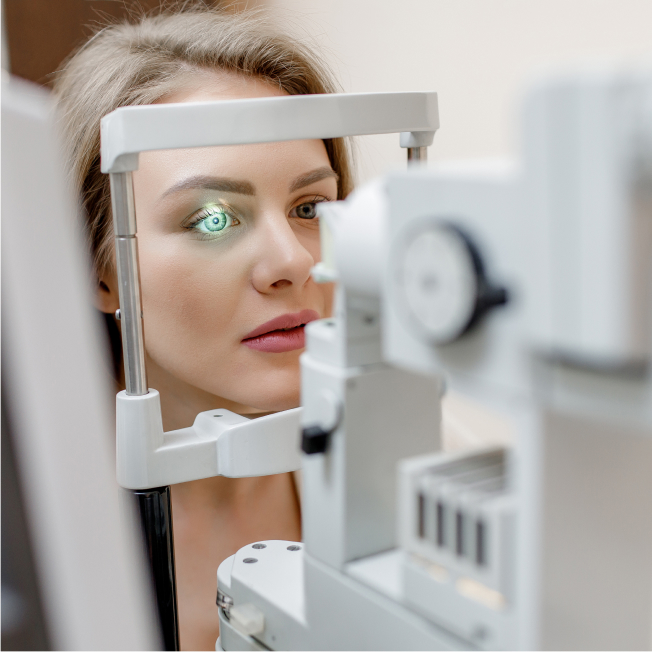Disease focus
Cone Rod Dystrophy

About Cone Rod Dystrophy (CRD)
Cone-rod dystrophy (CRD) is a group of inherited eye disorders that affect the light sensitive cells of the retina called the cones and rods.
There are over 30 types of CRD caused by genetic changes in several different genes that can be inherited in many ways including autosomal recessive, autosomal dominant, X-linked or mitochondrial patterns. Beacon Therapeutics is working on null mutations in the Cadherin Related Family Member 1 (CDHR1 gene), which may cause cone-rod dystrophy in younger patients, resulting in severe sight loss. In adults, a recently characterised mutation that reduces CDHR1 function also leads to a macular dystrophy in older people that is very similar to dry AMD.
People with CRD experience vision loss over time as the cones and rods deteriorate. Initial signs and symptoms that usually occur in childhood may include decreased sharpness of vision (visual acuity) and abnormal sensitivity to light (photophobia). These signs are usually followed by blind spots in the central field of vision (scotomas), loss of color perception, and loss of peripheral vision. Most individuals with this condition are legally blind by mid adulthood.
Further information on the symptoms and causes of CRD can be found here.

